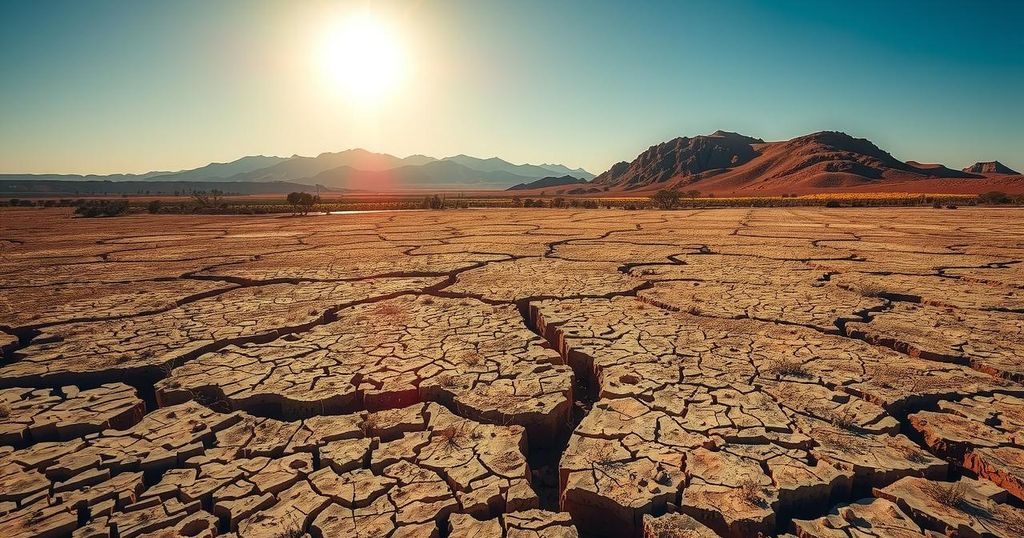Impact of Climate Change on Serengeti Wildlife Migration Patterns
Climate change is affecting the traditional migration patterns of wildlife in the Serengeti. Recent rainfall has drawn wildebeest to areas not typically grazed at this time. Ecologist Gadiel Tanapa notes that alterations in rainfall and temperature have caused deviations from expected migratory behavior, altering the dynamics of the Serengeti ecosystem. A study highlighted severe droughts and significant temperature rises over six decades, emphasizing the ongoing threat posed by climate change.
In the vast expanse of the Serengeti, recognizable markers such as acacia trees dot the landscape, providing a backdrop for the ongoing migrations of wildlife. Recently, an encounter with the wildebeest took center stage as they grazed near the Ikorongo Game Reserve, having been drawn to this more nutritious pasture following recent rainfall. Julieth Jones, a knowledgeable guide, indicated that these herbivores were displaying behavior atypical for this time of year due to altered migration patterns caused by shifting climate conditions.
According to Gadiel Tanapa, the park’s ecologist, this change reflects a broader trend: “Normally, at this time of year, wildebeest would more likely be found north of the Serengeti and around the Maasai Mara reserve in Kenya.” The patterns of their migrations, traditionally dictated by the seasonal availability of food and water, are now significantly influenced by unpredictable rainfall and an escalation in temperatures.
The Serengeti ecosystem supports the movement of thousands of wildebeest, zebras, Thomson’s gazelles, and elands as they migrate between feeding grounds. However, the ongoing alterations in climate are resulting in modified behaviors within these species, undermining the historical and ecological foundations of the migration patterns. Research published in October highlighted that “the ecosystem experienced recurrent severe droughts, erratic wet conditions and a 4.8 to 5.8°C temperature rise over six decades,” underscoring the urgency of understanding climate influences on wildlife.
As climate change continues to exert pressure on wildlife habitats, the need for accurate data collection and ecological management practices becomes clear. Continued research and adaptive management strategies will be essential to mitigate the impact of climate change on the ecology of the Serengeti and ensure the sustainability of its iconic migrations for future generations.
The Serengeti National Park, located in northern Tanzania, is home to one of the world’s most significant wildlife migrations, characterized by thousands of wildebeest, zebras, and other herbivores moving between the Serengeti and Maasai Mara reserve. This cyclical migration is traditionally driven by seasonal patterns of rainfall and the availability of grazing land. However, recent changes in climate, including erratic weather patterns and rising temperatures, threaten these established migratory routes and timings, creating concern for conservationists and ecologists alike.
In summary, the ongoing changes in climate patterns significantly impact the migratory behaviors of the wildlife in the Serengeti. Altered rainfall and temperature fluctuations are leading to an urgent need for comprehensive studies and proactive conservation strategies to safeguard these migrations and the broader ecological balance of the region. Addressing these challenges will be crucial for the long-term sustainability of the Serengeti’s unique wildlife heritage.
Original Source: www.lemonde.fr




Post Comment